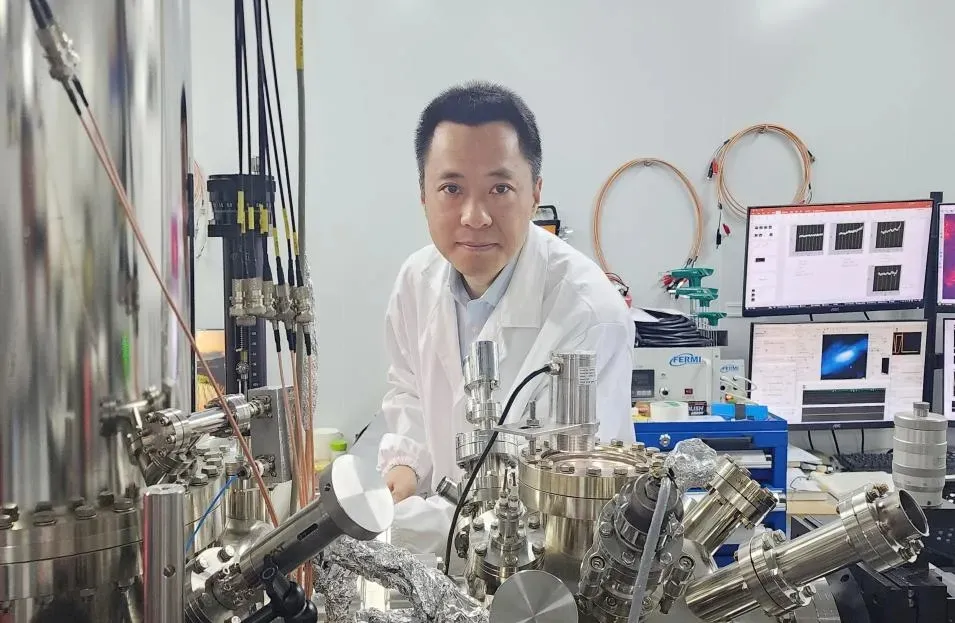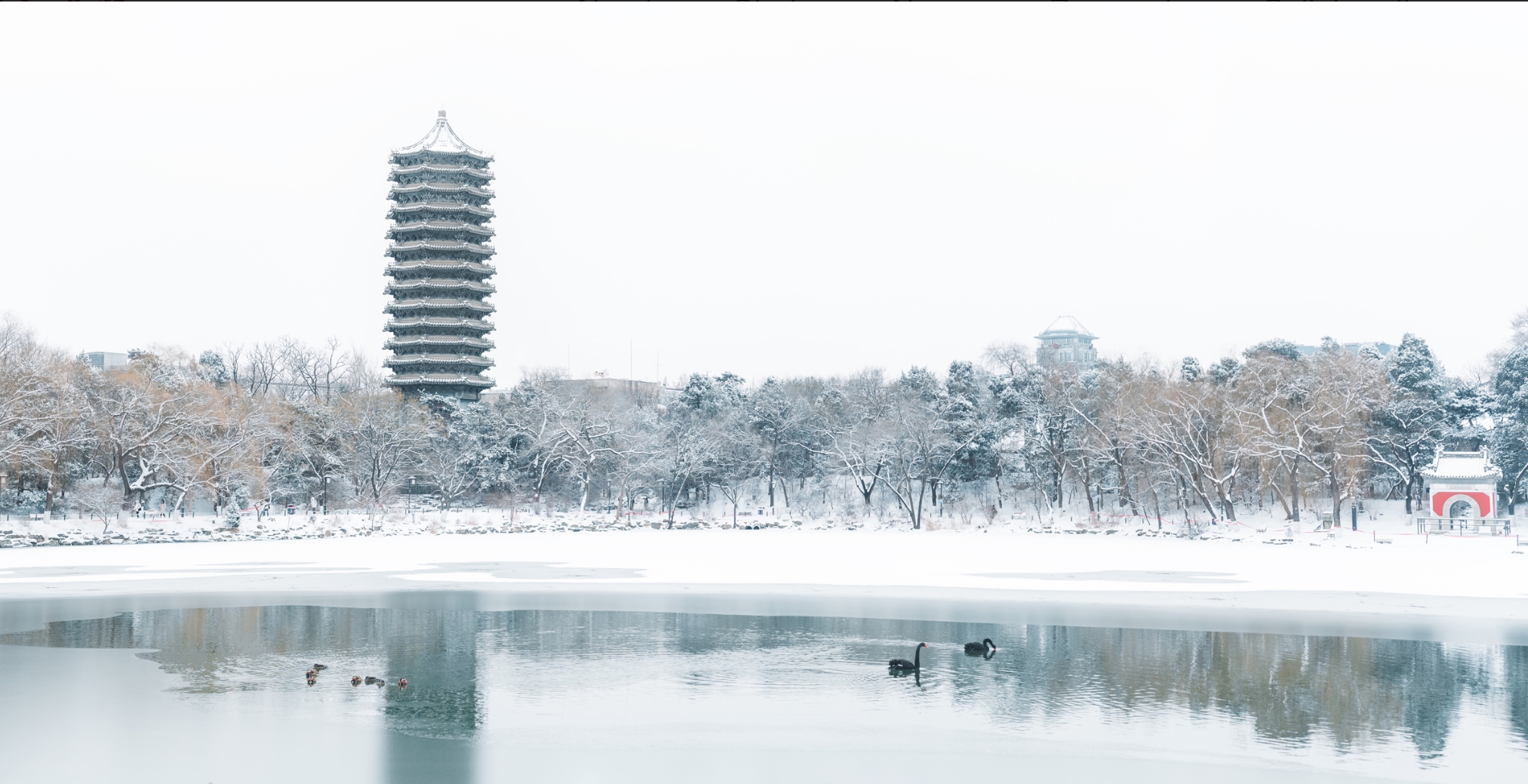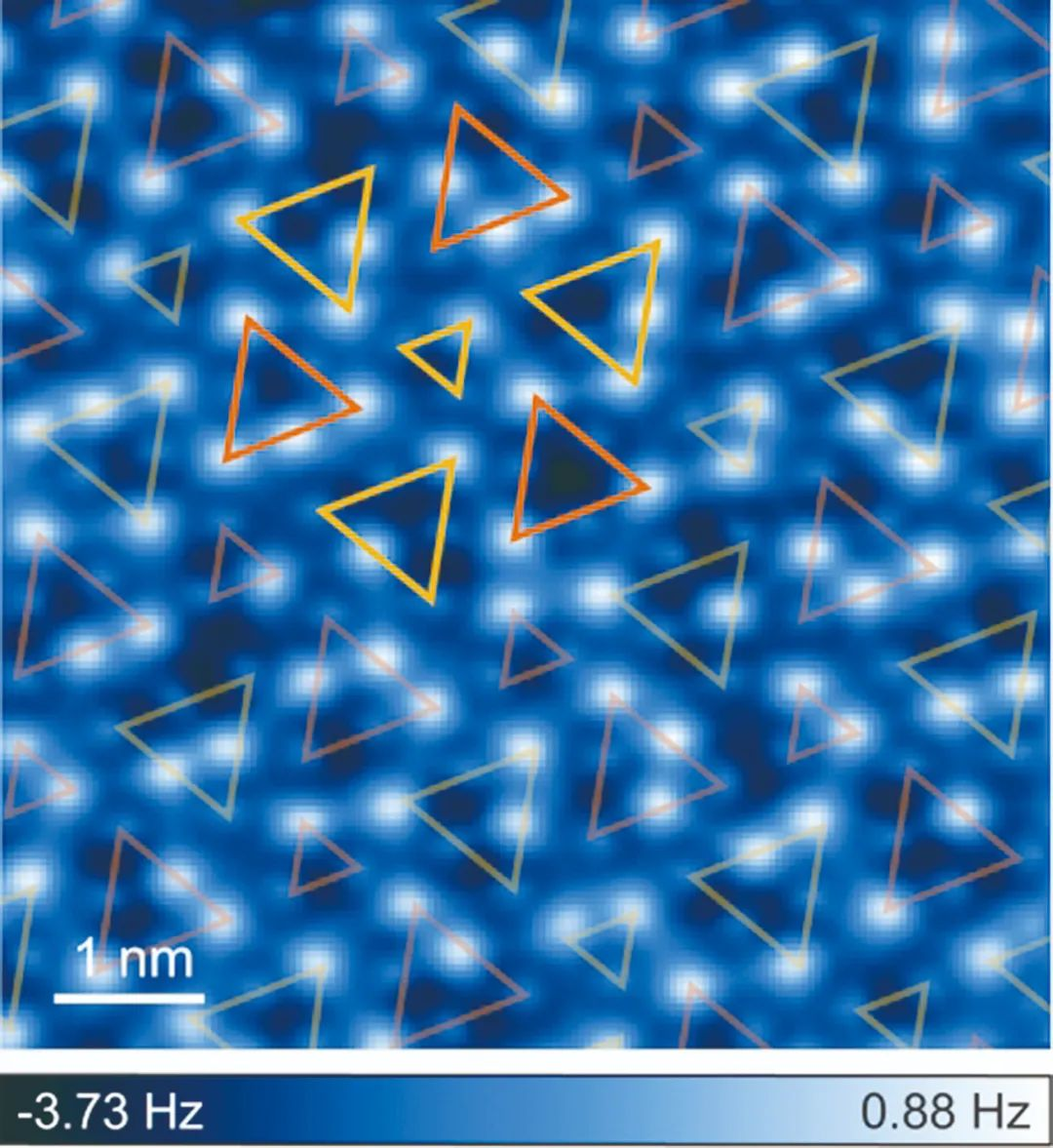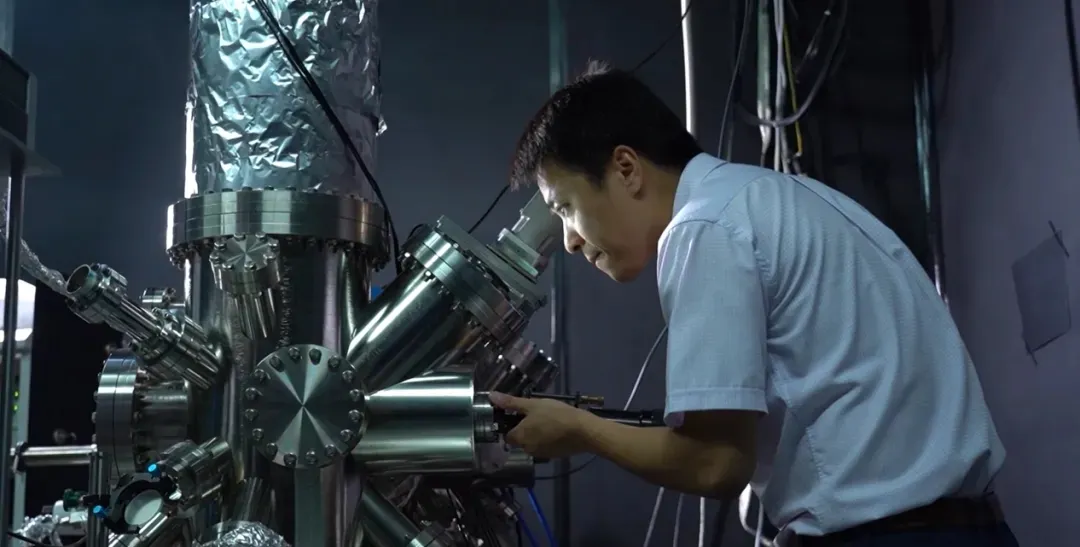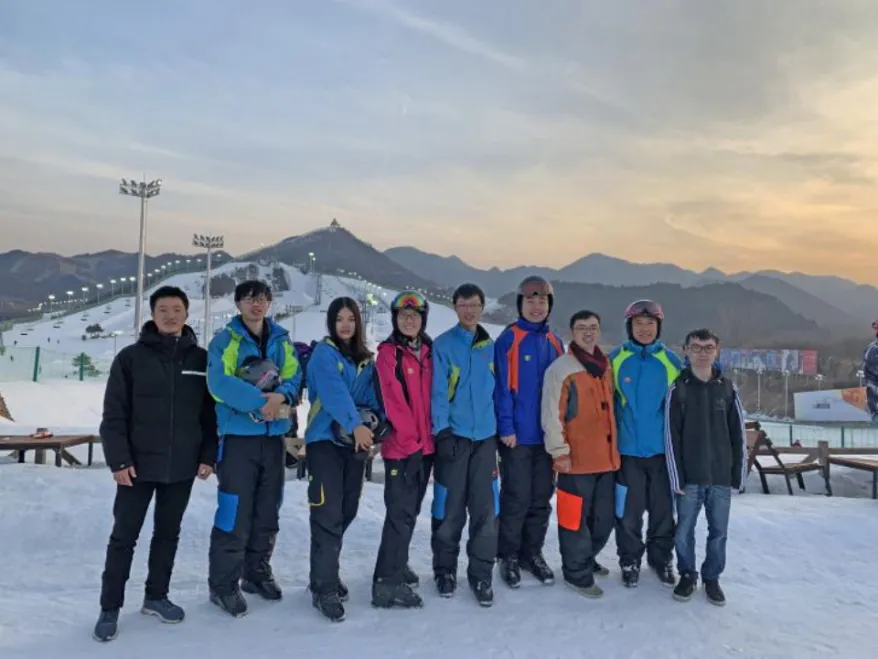Prof. Jiang Ying in his lab
Peking University, August 1, 2024: A research team led by Prof. Jiang Ying from Peking University's School of Physics has made a significant leap in understanding the atomic structure of ice. They have successfully developed China's inaugural light-coupled qPlus-type scanning probe microscope. This advancement sheds light on the enigmatic pre-melting mechanisms of ice surfaces — a question that has perplexed scientists for over 170 years. The innovation and the completeness of the research have received unanimous high praise from reviewers and were recently published in Nature.
[Related Reading: PKU study settles centuries-old debate over ice surface]
The inspiration for this research dates back to a winter stroll by Prof. Jiang along Weiming Lake. Observing ripples reminiscent of waves on the surface, he initially believed the lake to be unfrozen. However, upon touching the surface, he discovered it was solid, prompting an inquiry into the true nature of the rippled layer.
Weiming Lake in winter
Previously, the understanding of the ice surface was limited due to a lack of experimental methods at the atomic scale. In their analysis, the researchers discovered unexpected disorder on the ice surface. Through meticulous temperature-controlled growth experiments, they found that the ice surface begins to pre-melt at an astonishingly low temperature of -153°C. The previously observed disorder was attributed to the melting of the ice surface. Identifying the crystalline structure within a narrow temperature window was a pivotal discovery that transformed the techniques developed by Jiang's team.
Fig. An atomic force microscope image reveals the structure of the surface of ice.
For the first time, they achieved atomic resolution imaging of the ice surface, clearly visualizing and locating the world's smallest atom—the hydrogen atom. Prof. Jiang's team used the domestic qPlus scanning probe microscope to develop an imaging technique that can distinguish hydrogen atoms and chemical bonds, accurately recognize the orientation of water molecules, and precisely locate the distribution of dangling hydrogen atoms. This accomplishment has astounded both national and international peers, with many describing it as "unprecedented in resolution."
Photo shows Prof. Jiang Ying using a scanning probe microscopy that he developed
Prof. Jiang once engaged in two years of postdoctoral research at the University of California, Irvine, under the mentorship of Academician Wilson Ho. His experience in a research group renowned for its independence and self-developed equipment was instrumental. Additionally, Jiang Ying's hands-on experience as a "technician" in a factory workshop for several months provided him with the rigorous training necessary to master the art of constructing top-tier equipment, turning the aspiration of creating world-class tools into reality.
Prof. Jiang pose for a picture with students during skiing trip
"Understanding every detail of the process reveals that the pinnacle of scientific research equipment is not beyond reach. It is composed of a multitude of small steps, components, and technologies, akin to assembling Lego bricks, which is far less complex than delving into quantum mechanics," reflects Jiang Ying.
Prof. Jiang Ying (photo by: Deng Xiao)
Jiang emphasizes the importance of passion for one's research field, stating, "Only through a deep love for your research direction and field can you endure the solitude that accompanies the long wait for results."
Written by: Chen Chuyun
Edited by: Dennis Meng
Source: PKU News & Media Center; School of Physics; Science Daily
